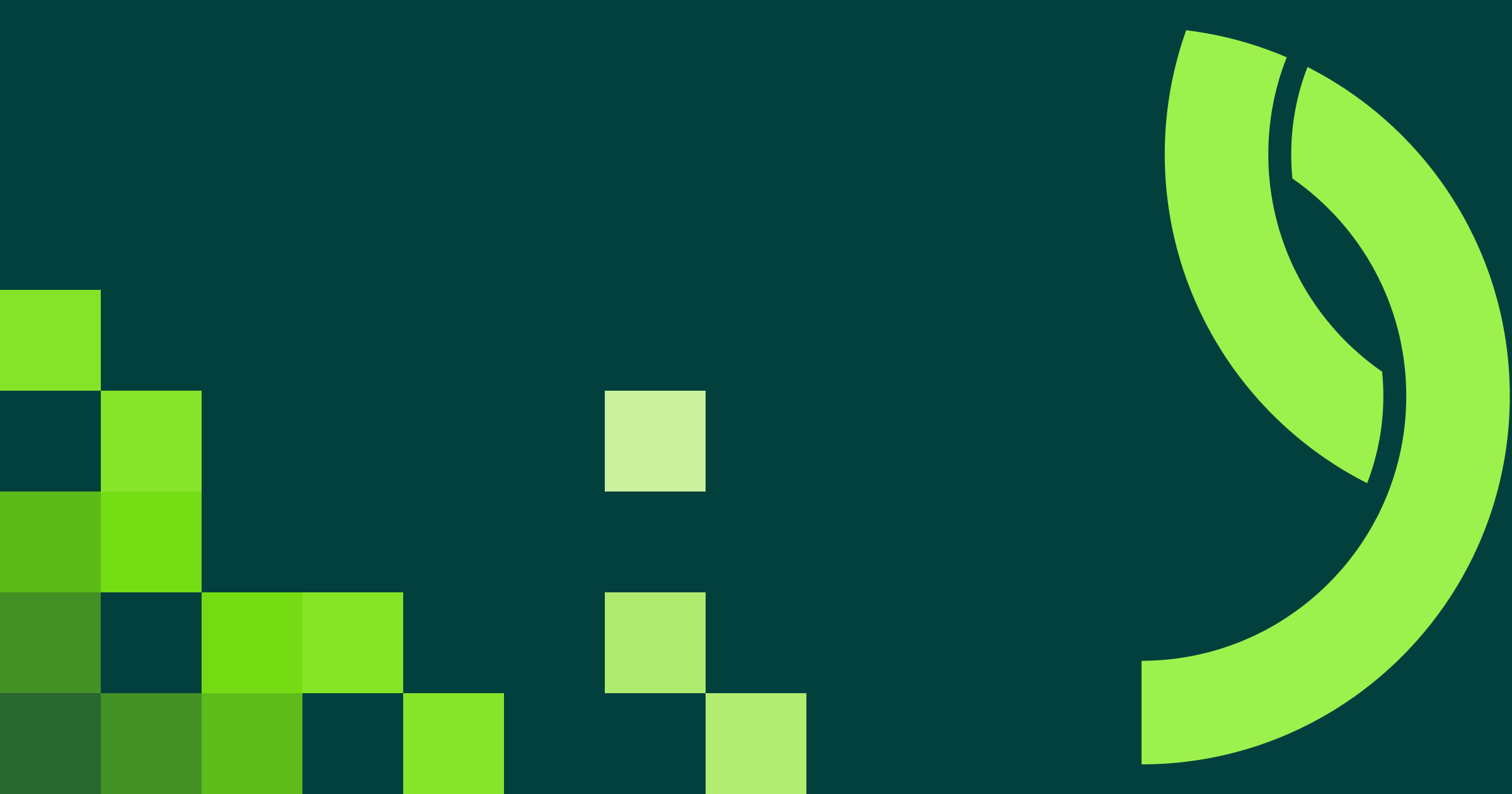Why optimizing developer workflows is the easiest way to boost engineering velocity


Table of contents
Subscribe via Email
Subscribe to our blog to get insights sent directly to your inbox.
If your developers are constantly switching tools, waiting on pull request approvals, or digging through scattered documentation, they’re not the problem. Your developer workflow is.
Developers want to build. But too often, the systems around them make that harder than it should be. Between switching tools, chasing down documentation, and waiting on reviews, they spend more time navigating the workflow than writing code.
I see it across industries, where fragmented tools and unscalable processes slow talented teams. The consequences are predictable: missed deadlines, buggy releases, and growing frustration. Developer experience isn’t just a people issue. It’s a business one.
I break down what optimized developer workflows actually look like, where friction hides, and how leaders can unlock better outcomes by creating space for developers to focus and move faster.
What do optimized developer workflows look like?
An optimized developer workflow isn’t just faster, it’s smarter. It helps developers stay in flow, reduces cognitive load, and makes it easy to find what they need.
When workflows are optimized:
- Developers know exactly where to find documentation and how to follow standards.
- Toolchains are integrated, reducing context switching.
- New engineers can onboard and push to production quickly.
- Review cycles are predictable and consistent.
This isn’t mere theory. According to GitKraken’s State of Developer Workflows, developers rank context switching and lack of clarity as top frustrations. And Atlassian’s 2025 State of Developer Experience report found that 50% of developers report losing more than 10 hours of their working week due to inefficiencies. Whether we’re talking about fragmented workflows or time lost searching for information, these aren’t edge cases. They’re systemic workflow issues that can be solved.
The hidden costs of friction
Not all workflow problems are obvious. A few extra steps to open a ticket. An undocumented expectation during a code review. A missing link in a Slack thread. These may seem minor, but over time, they erode developer momentum.
Some of the most common and costly sources of friction include:
- Tool sprawl: Switching between five or more platforms to complete a single task.
- Slow code reviews: Inconsistent standards and overloaded reviewers create bottlenecks.
- Tribal knowledge: When documentation is incomplete, only a few team members know how things work.
- Poor onboarding: New hires take weeks to become productive because there’s no clear path.
Left unaddressed, these issues slow delivery, increase rework, and drain team energy. And without taking the time to observe or ask direct questions, leaders might miss the very friction points that are holding their teams back.
An optimized developer workflow isn’t just faster, it’s smarter. It helps developers stay in flow, reduces cognitive load, and makes it easy to find what they need.
Selecting the right tools for seamless developer workflows
Too many teams attempt to resolve developer workflow issues by introducing new tools, often creating additional problems. More isn’t always better. What matters is that your tools are integrated and intentionally selected to support how your team actually works.
At Modus, we recommend tools that we use. We’ve found real value in:
- Amazon Code Catalyst: An integrated DevOps service that simplifies software builds, automates testing, and speeds deployment without complex setup or context switching.
- Atlassian Compass: An internal developer portal (IDP) that centralizes service ownership, dependencies, and documentation.
- GitHub Actions & Copilot: Automates repeatable tasks and provides developers an AI-powered coding assistant to move faster without cutting corners.
- Jira+ROVO: When integrated, Jira becomes a reliable work tracker. ROVO brings in AI-powered support that surfaces relevant stories, code context, and documentation.
The goal isn’t just flashy tech, it’s a workflow that gets out of the way.
For more insights on how AI can optimize engineering output, check out the video below about our AI tooling experiment.
Leadership’s role in enhancing developer efficiency
The best thing a technical leader can do to facilitate workflow efficiency? Make fewer assumptions and ask better questions.
Instead of pushing productivity mandates, leaders should focus on removing blockers. That means:
- Sitting with developers and observing how they work.
- Funding tools or process improvements that teams need.
- Protecting developer flow from constant interruptions.
- Building a culture of continuous feedback and improvement.
According to Atlassian, 63% of developers say their leaders don’t understand the real challenges they face. Closing that gap is a leadership opportunity and a competitive advantage.
Tracking what matters for developer experience
When it comes to developer experience, you don’t need to measure everything. But you do need to know whether your workflow changes are working as intended.
You can start by tracking:
- Change failure rate:How often do deployments cause issues?
- Pull request cycle time: How long does it take for code to move from submission to merge?
- Onboarding time: How quickly can a new engineer contribute meaningful work?
- Developer satisfaction: Qualitative feedback through surveys or retrospectives.
- Task time per phase: Tools like Appfire Flow can help visualize how long tasks sit in planning, review, or deployment.
We also recommend using the DORA metrics as a baseline for comparison. These four indicators – deployment frequency, lead time for changes, change failure rate, and time to recovery – give you a clear view of delivery performance.
Future-proofing developer workflows
Developer experience isn’t a one-time project. As teams grow and tech stacks evolve, your workflows need to adapt. Without that flexibility, friction creeps back in and velocity takes a hit.
Future-proofing starts with feedback. Build tight loops between your developers and your ops, leadership, and product teams. Treat onboarding like a product. Review it regularly. Measure how long it takes new hires to get into flow and invest in shortening that ramp-up time.
AI is also reshaping developer workflows. Used well, it can summarize documentation, suggest code improvements, and automate repetitive tasks. But those benefits only pay off when workflows are ready to absorb them.
Developer experience isn’t a one-time project. As teams grow and tech stacks evolve, your workflows need to adapt. Without that flexibility, friction creeps back in and velocity takes a hit.
The one thing you can do today to improve the developer experience
If you take just one action from this blog, make it this: Talk to your developers.
Not in a meeting. Not through a survey. But in their actual working environment.
Watch how they navigate the codebase, how they move between tools, and how often they have to pause to ask a teammate for clarification. Shadow a full pull request from start to merge. Ask open-ended questions:
- What part of this workflow slows you down?
- Where do you lose momentum most often?
- What feels unnecessarily complicated?
You don’t need to be a developer to spot friction. If you’re spending 10 minutes toggling between tools to complete a task, that’s a red flag. If documentation is outdated or buried across tools, that’s a fixable bottleneck. And if developers are waiting days for feedback on a pull request, that’s time and energy lost.
The insights you’ll gain from a single day of observation will outperform a month of dashboards and status reports. Why? Because your developers already know what’s broken. They’ve just learned to work around it, and most don’t have the time or visibility within the company to push for change.
Optimizing developer workflows is essential, but developer experience is more than that. It’s about removing friction, one step at a time, with the people who feel it most shaping the way forward.
The best part? Most of these changes are simple and inexpensive. Updating onboarding documents, consolidating tools, and clarifying review expectations aren’t massive transformations. They’re practical improvements that can quickly create momentum.
You can start improving the developer experience today. No permission required, no RFP needed. Just a real conversation with your team. The answers are already there. You just have to ask.
IMPROVE THE DEVELOPER EXPERIENCE
Remove friction and optimize developer workflows.
Learn how Modus Create can help you with your developer experience →

Matthew Smith was the Director of Digital Operations at Modus Create. With over 15 years of experience in IT operations and technology leadership, Matt has led digital transformations across Fortune 100 companies and mid-sized organizations in a variety of industries. His work centers on driving technology transformation and improving productivity through better tooling and processes. When he's not solving complex tech challenges, you'll find him skydiving, climbing, riding dirt bikes, skiing, or enjoying the outdoors.
Related Posts
Discover more insights from our blog.


